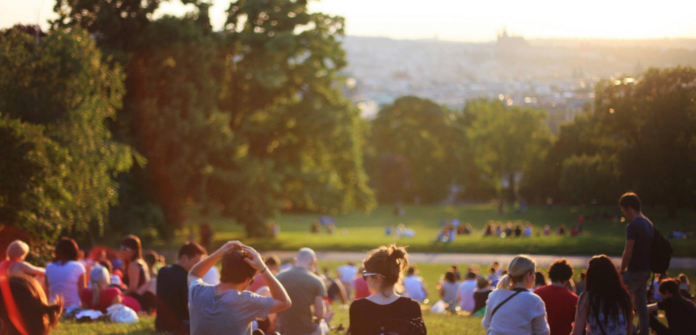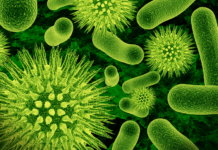If you’ve spent a generous amount of time living or working in various communities, you’ve probably noticed that each community has its own culture.
Some communities feel friendly right away with people who will greet you as they walk by on the street, and others feel more reserved with people who keep to themselves.
You may have also experienced communities that don’t feel safe, where you feel the urge to rush to your car as quickly as possible and leave. These areas tend to have more crime and it’s fairly obvious when you’ve entered into that kind of neighborhood.
What makes the difference? What does it take to have a healthy, thriving community? Here are some things strong communities have in common.
1. A strong police presence
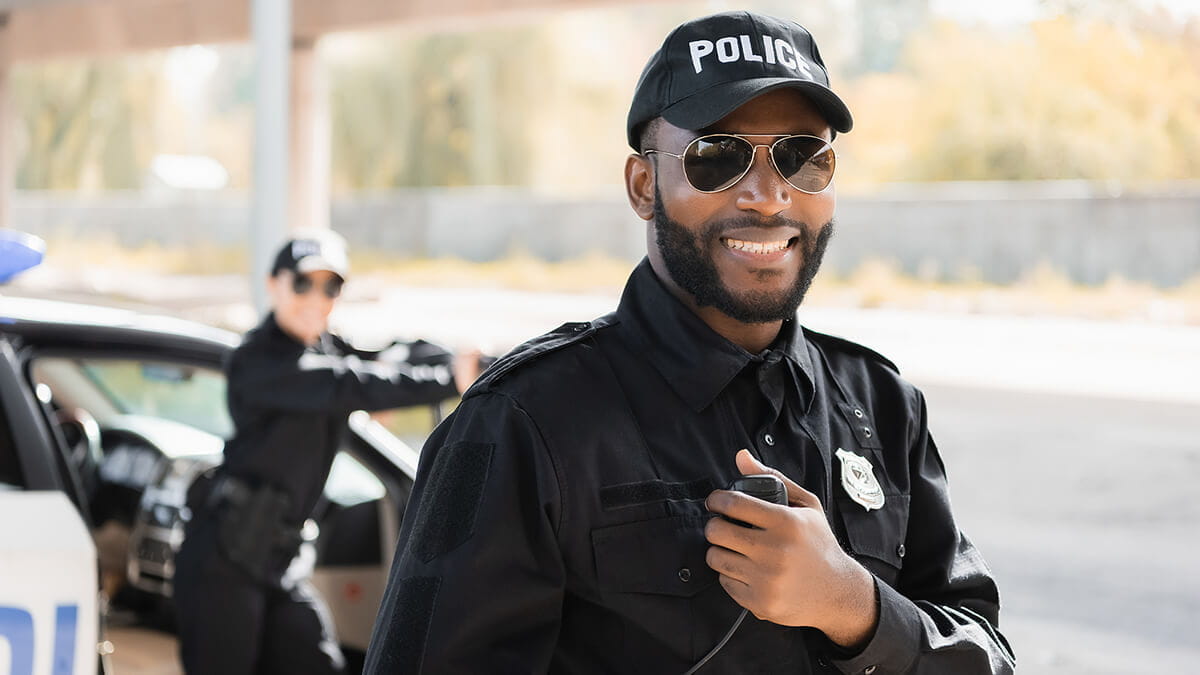
Research has shown that when police are visible in a community, they deter crime. This doesn’t necessarily mean neighborhoods need more police driving around – they just need to make their presence known. Sometimes, all it takes is for a few officers to drive through various areas whenever possible just to make themselves known.
A visible police presence also helps to reduce traffic violations, some of which can be extremely serious. For example, in rural areas, police officers are scarce on the back roads, which are often high-speed, two-lane highways that people love to speed down.
Without police around, many drivers habitually drive more than 20 mph over the speed limit, pass in no-passing zones, and cause accidents around blind curves. Once police show up and start handing out tickets, these gross violations usually stop.
Strong communities have good relationships with the police officers who take care of their area. In these communities, police aren’t feared – they are respected and appreciated. This is the sentiment that makes a strong community, and it’s something the National Police Association (NPA) works hard to foster throughout local neighborhoods.
Over the years, police officers have gotten a bad rap for perpetrating violence against innocent citizens and intentionally seeking to harm them, but the truth is, that’s not a representation of the profession, and the NPA is changing that one neighborhood at a time.
2. Low crime rates
Residents in strong communities look out for each other, and that usually means lower crime rates.
A healthy community doesn’t make a good target for crime because people are aware of who is coming and going, what they’re doing, and will contact each other (and the police) when they see anything out of place.
Some people even call the police when they see a stranger walking down the street, even if that person isn’t doing anything suspicious. They just know when someone doesn’t belong in the area.
3. Neighborhood watch groups
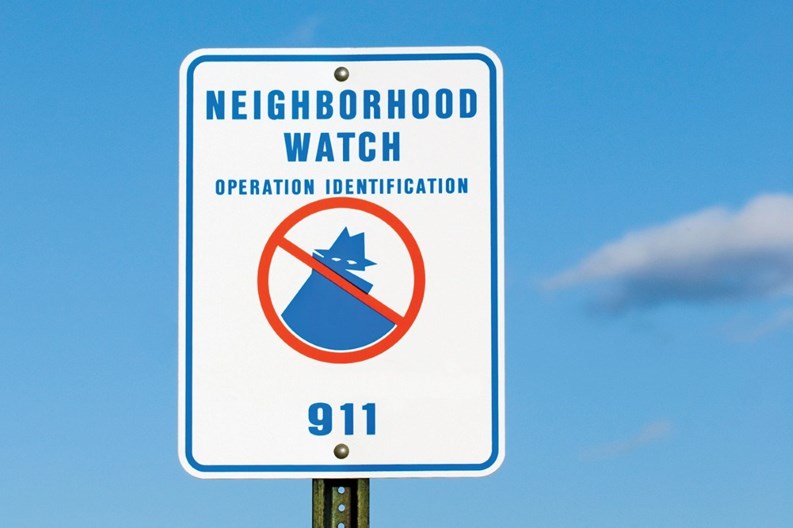
When community members band together to create a neighborhood watch group, you know they’re tight-knit. These communities might be a little hard to be accepted into when you’re the new person in town, but it’s proven to make an area safer.
Nearly all studies show lower levels of crime in neighborhoods with a watch group. That’s a decent perk and worth the time it takes to get to know your neighbors.
4. Neighbors who know each other
The crux of a strong community is neighbors who know each other, even if only by name. Not everyone will be best friends, but they will usually know each other by first name, greet each other when they pass on a walk, or see each other at the store. They might even know the names of each other’s pets and children.
5. Friendly people
Even if some people are a little more standoffish than others, a healthy community will contain friendly people.
They may not always greet you with a huge smile on their face when you pass them on the street, but they will generally smile and might say hello. This is in contrast to a community full of people who might sneer at you or ignore you, making you feel unsafe and unwelcome.
6. A playground
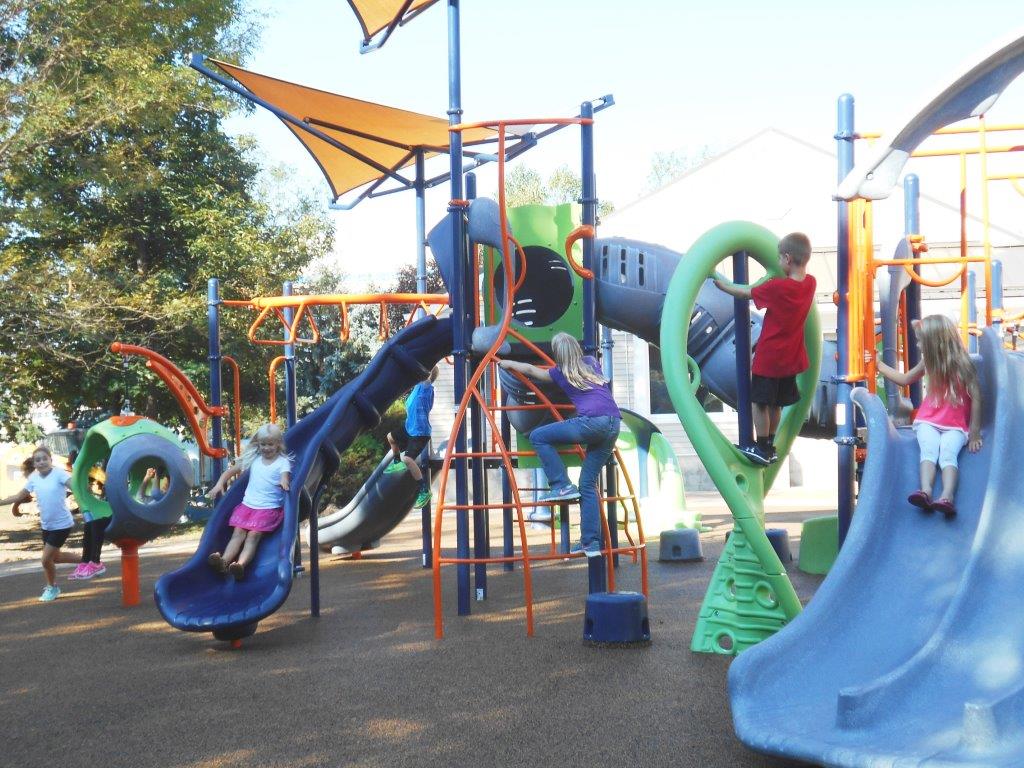
Playgrounds are central to a thriving community that has children. Kids need a place to play and get exercise, and their parents benefit when there’s a playground close by in the neighborhood, so they don’t have to go far. It’s also a good opportunity for kids to make friends with other kids who live nearby.
7. Accessible Healthcare Facilities
In the heart of a thriving community, accessible healthcare facilities, including clinics and hospitals, play a pivotal role. Proximity to medical services ensures that residents receive timely treatment, crucial health consultations, and emergency care when seconds count.
This accessibility not only safeguards the physical well-being of the community but also provides peace of mind, knowing that quality healthcare is just around the corner.
8. Quality Education
A community’s pulse is often measured by the strength of its education system. Access to quality educational institutions, from primary schools to colleges and vocational training centers, paves the way for comprehensive community development.
These institutions are more than just buildings; they are the breeding grounds for future leaders, innovators, and skilled professionals, contributing to a well-informed, capable, and resilient community.
9. Active Community Organizations
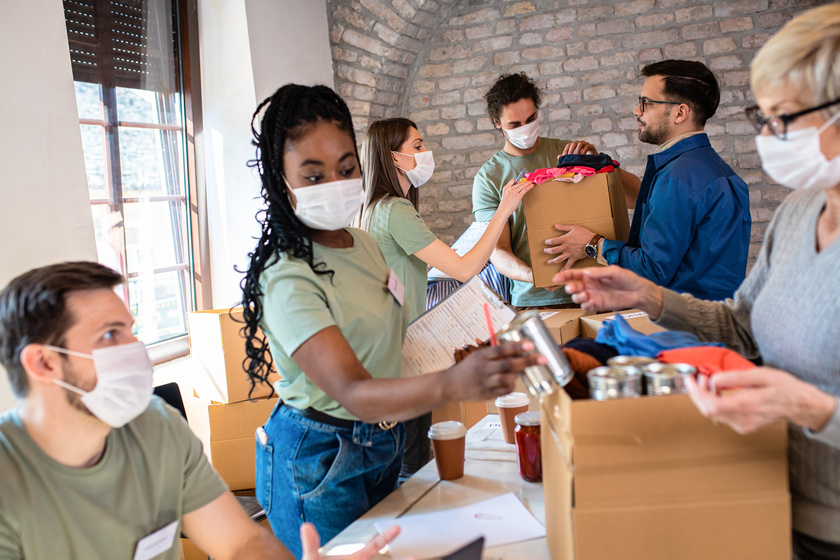
The vibrancy of a community is significantly enhanced by active community organizations and associations.
These groups are the threads that weave the social fabric of a neighborhood, organizing events, activities, and initiatives that foster civic engagement and social interaction. Their efforts cultivate a robust sense of belonging and community spirit, making neighborhoods more than just places to live but places to thrive and connect.
10. Green Spaces and Parks
The inclusion of green spaces and parks is a breath of fresh air in community planning. These natural havens offer a sanctuary for relaxation, outdoor activities, and social interaction.
Whether it’s a morning jog, a family picnic, or a tranquil moment alone, these green lungs contribute to the physical and mental health of residents, enhancing the overall quality of life and nurturing a harmonious, health-conscious community.
Thriving communities are built on connection
Strong communities focus on the wellbeing of the group instead of making everyone feel like they have to fend for themselves. When people know each other, have an established sense of trust for law enforcement, and watch out for each other, that creates the foundation of a strong community.

